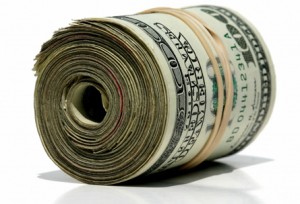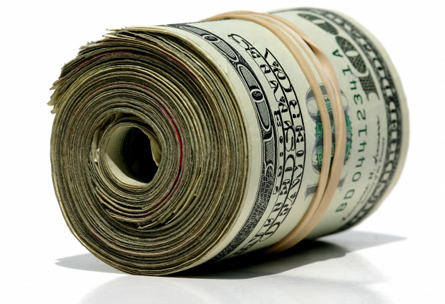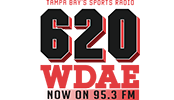Unbalanced Books

Every bookmaker knows his clientele and certain opinions need to be respected more than others when it comes to line moves.
The term reverse line movement carries a ton of weight among novice handicappers. Bettors throw the phrase around regularly and too frequently use the abstract concept as their primary justification for walking to the window to make a bet. While it’s true that every line move tells a story, each story isn’t the same with every line move. Both gamblers and bookmakers have different motives for their actions and in the biggest games, the net impact of each half point can be worth millions worldwide. Understanding why the line is moving and whose moving it is imperative if you’re going to let it influence your betting behavior.
Betting percentages provide a tool for handicappers to gauge how the public is betting a game. This shouldn’t come as profound wisdom but splits should serve as just one component of a well rounded breakdown for each game. When you’re trying to interpret what the data tells you, understand lines move off of the money wagered rather than the sheer number of public bets coming in on a particular side. One of the most important bookmaking principles to understand is that EVERY DOLLAR IN THE SPORTS BETTING MARKETPLACE IS NOT CREATED EQUALLY.
When a book is overloaded with public money on a side, bookmakers will still move the line towards side receiving attention from sharps. Regular season games provide a much different illustration of how books move lines when compared with their postseason counterparts inevitably drawing higher betting volumes from increased fan interest. By moving the line towards the sharp side, other professionals looking for the same number are unable to get down at the best of the number. Public bettors are not price sensitive and generally don’t pay attention to the difference in laying -3.5 or -4. Last night’s game between Kansas and NC St provided a great example of how books use sharp money to dictate their behavior. Wiseguys came in on the favorite at -8 pushing the price to -8.5 despite nearly 70% of the tickets being punched on the underdog Wolfpack (betting % courtesy of @sportsinsights). Had the books elected to hold their position at 8, more sharp money would have flooded in on the favorite often limiting the house’s opportunity to maximize a profit. Yes, last night the betting public took advantage of the line but for earlier tournament games like St Bonaventure vs Florida St that wasn’t the case. The immediate response here is why do books want to get high on certain sides instead of balancing the action and collecting the juice rather than taking a position?
In the ideal scenario with unlimited critical mass, we’d all like to take billions on both sides and perfectly balance out action to collect the juice. However, this scenario is rarely plausible so most houses will tend to side with the wiseguys and have those sides going for them to create a decision with positive expectations. What most people fail to realize in analyzing betting markets is that the sharpest bettors aren’t always the ones making the largest bets. There are plenty of wealthy people that fire large sums and qualify as an “uninformed” opinions that don’t warrant a line move. It’s not uncommon to see a 10 dime square bet enter the pool yet the line moves on the strength of a dime bet from a professional. Much like gamblers, the world’s best bookmakers have opinions and strategically take lopsided action on games they believe they can gain an edge. The end goal is to use the sharpest gamblers to our advantage by using them for information and shaping the lines. This methodology is why bookmakers and professional gamblers often find themselves rooting for the same side of reverse line movement in the face of overwhelming public support the other way.












